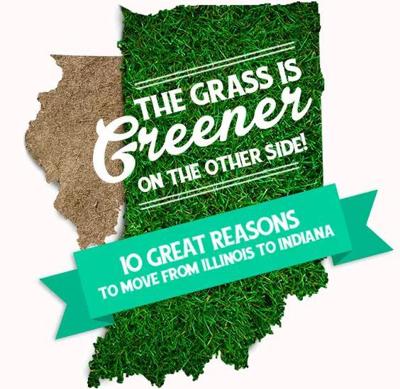I wasn’t saying it did turn a profit, but if simply providing a nicer service brought ridership and revenue up, one would think decreasing trip times and increasing frequency would bring many more riders.
That was never in question.
What is (and always has been) in question is Indiana’s willingness to pay for the service. As we see now, there really isn’t much of any.
That better frequency and faster times attracts more riders is fairly obvious. But in order to do so, you have to spend even more money to increase the capacity and condition of the line. There has never been any indication whatsoever that Indiana was interested in paying for that (with costs that would likely reach into the nine-figure level, if not more), even if such a move would potentially decrease the annual subsidy requirement (and even then, it’s not guaranteed that it would; subsidy per passenger could decrease, but total subsidy could still increase).









